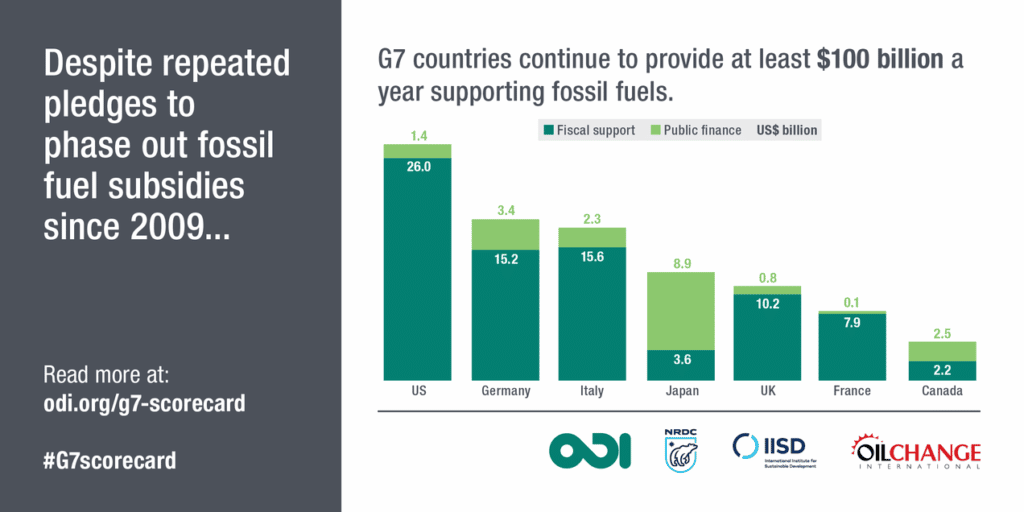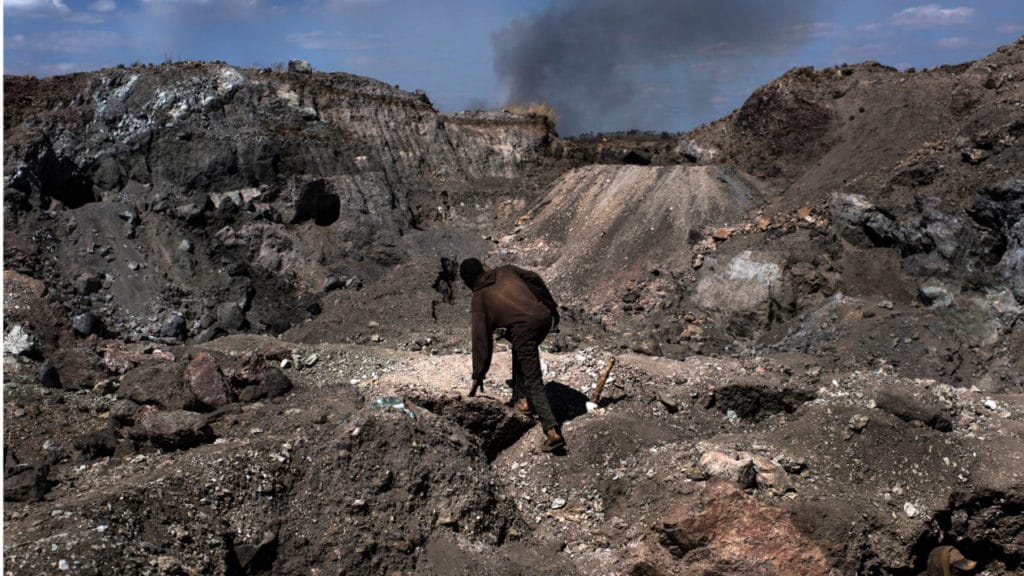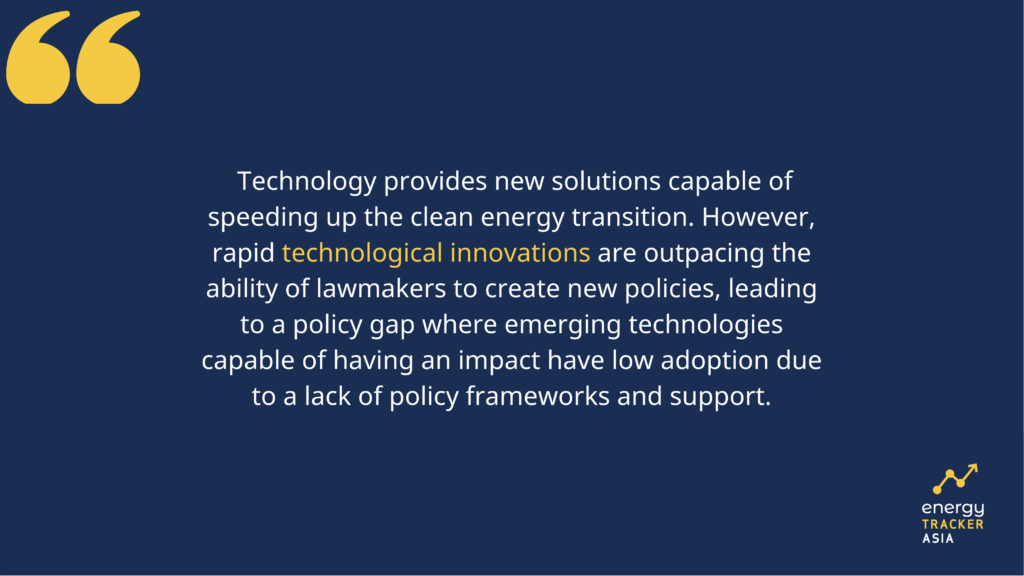Technology and Climate Change: Taking a Look At the Policy Gap
Source: Delve
18 July 2022 – by Eric Koons Comments (0)
Technology and Climate Change Mitigation
Technology and climate change mitigation go hand in hand. Technology provides new solutions capable of speeding up the clean energy transition. This makes the processes more efficient and unlocks further climate solutions.
However, rapid technological innovations are outpacing the ability of lawmakers to create new policies. This is leading to a policy gap where emerging clean energy technologies that are capable of having an impact have low adoption due to a lack of policy frameworks and support. The lack of support makes many new approaches economically infeasible when competing with existing technologies already under government subsidies.

While technology integration in decision-making has progressed, innovations continue to outpace legislation.
“The issue is the timing and speed of the necessary changes. We need to act now,” explains Professor Tatiana Filatova, an expert in climate resilience at the Delft University of Technology. “Our goal is to reach out and provide support. We need to collaborate closely with the people developing and implementing policy at the local, national and international level.”
Technology is integral to a low-carbon future and fighting climate change, but we need more support for its implementation.
The Innovation and Policy Gap With Climate Technology – Reduce Greenhouse Gas Emissions and Carbon Dioxide Emissions
Some basic policies to reduce carbon emissions and greenhouse gases have been slow to gain traction over the last few decades. These policies include the implementation of carbon prices, taxes and tradable emissions quotas. These economic policies rely on technology to supplement their requirements and are often touted as important tools capable of rapidly decarbonising economic models via financial incentives.
At a global level, negotiations for implementing wide-ranging carbon taxes or emissions trading schemes have been nonexistent until recently. However, locally there are versions in Europe, cities like Tokyo and via multilateral agreements such as REDD+. Unfortunately, without a global buy-in, their impacts will be smaller than what the world needs.

Ian Parry, an expert in environmental fiscal policy from the International Monetary Fund, says that countries will “likely act on their own to impose tariffs on carbon-intensive imported goods”. “From the perspective of scaling up global mitigation, this regime would be far less effective than an international carbon price floor,” he added.
Limited Scope of Technologies and Global Warming
This gap in global policy means that climate change technologies that can potentially support large-scale carbon capture storage, specialised offset programmes or monitoring and conservation are limited in scope.
Other technology-reliant policies, such as R&D programmes, regulation instruments and even subsidies, fall on national lawmakers, leading to unequal application.
“Much of the necessary technology is already available – at least in theory – but is there widespread support, will the costs and benefits be equally shared, (and) have the disadvantages been considered?” theorises Prof. Filatova. This is part of the wider conversation on technology-based policies and part of the reason global gaps exist. Technology development is essential to reduce global emissions and fight climate change.
Even With A Policy Gap, The Energy Transition is Underway
However, alternatives are still in development to further accelerate the transition towards a low-carbon future. In major economic blocs like the European Union and the United States, policies focus on systemic changes in transport, energy and infrastructure.
Additionally, Asia is making strides with renewable energy adoption and electric mobility production. However, the region’s direct transition to renewable energy is slowing due to a swathe of natural gas projects under development. Some countries see these fossil fuels projects as a bridge between coal and oil-based systems and green energy.
In Africa and South America, regions rich in the raw materials needed for batteries, more care is going into how extraction companies interact with local communities. Even with this progress, human rights concerns are still significant in mining operations.

Technology and Climate Change Adaptation
The yearly United Nations climate change conference offers opportunities for new negotiations, agreements and policy changes. With climate finance a key consideration at this year’s summit, there are hopes that there will be funding for new technologies meant for resilience-building, low-carbon energy and transport.
Policy gaps are affecting the speed of the global clean energy transition. Still, at a social and business level, technology is actively being adopted to decarbonise daily life and business operations.

by Eric Koons
Eric is a passionate environmental advocate that believes renewable energy is a key piece in meeting the world’s growing energy demands. He received an environmental science degree from the University of California and has worked to promote environmentally and socially sustainable practices since. Eric’s expertise extends across the environmental field, yet he maintains a strong focus on renewable energy. His work has been featured by leading environmental organizations, such as World Resources Institute and Hitachi ABB Power Grids.
Read more


